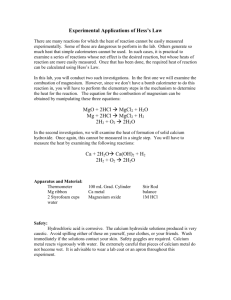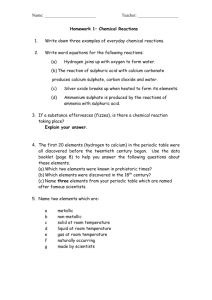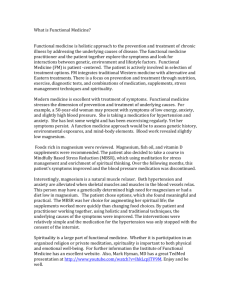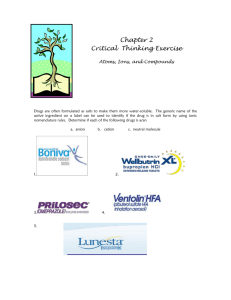Read more details
advertisement
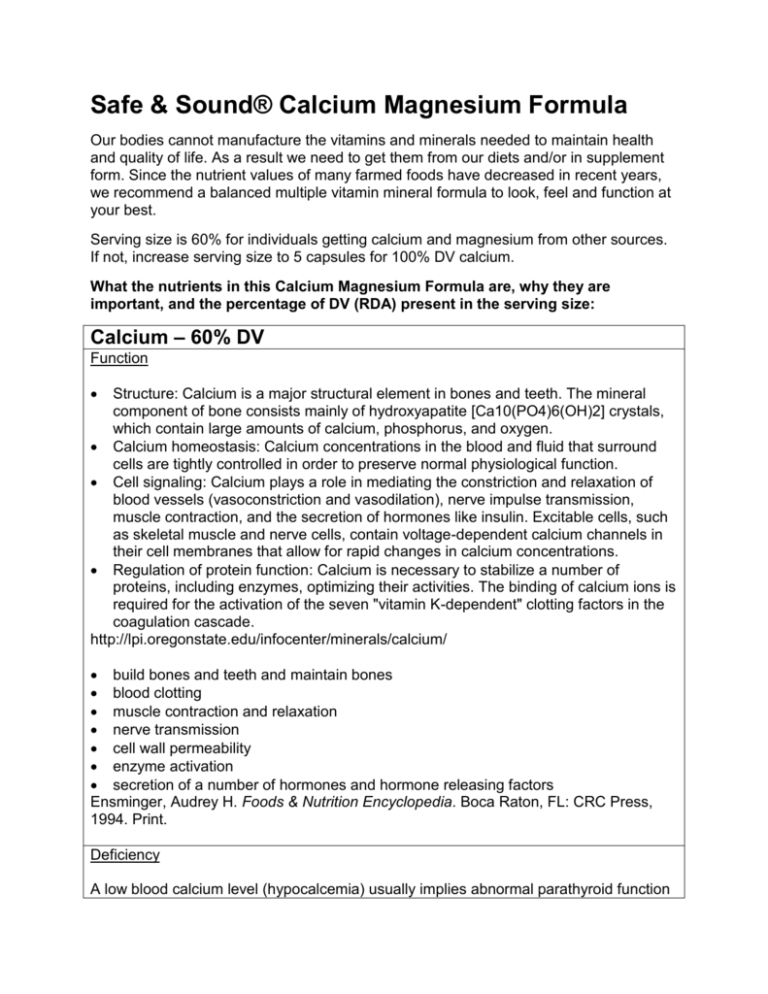
Safe & Sound® Calcium Magnesium Formula Our bodies cannot manufacture the vitamins and minerals needed to maintain health and quality of life. As a result we need to get them from our diets and/or in supplement form. Since the nutrient values of many farmed foods have decreased in recent years, we recommend a balanced multiple vitamin mineral formula to look, feel and function at your best. Serving size is 60% for individuals getting calcium and magnesium from other sources. If not, increase serving size to 5 capsules for 100% DV calcium. What the nutrients in this Calcium Magnesium Formula are, why they are important, and the percentage of DV (RDA) present in the serving size: Calcium – 60% DV Function Structure: Calcium is a major structural element in bones and teeth. The mineral component of bone consists mainly of hydroxyapatite [Ca10(PO4)6(OH)2] crystals, which contain large amounts of calcium, phosphorus, and oxygen. Calcium homeostasis: Calcium concentrations in the blood and fluid that surround cells are tightly controlled in order to preserve normal physiological function. Cell signaling: Calcium plays a role in mediating the constriction and relaxation of blood vessels (vasoconstriction and vasodilation), nerve impulse transmission, muscle contraction, and the secretion of hormones like insulin. Excitable cells, such as skeletal muscle and nerve cells, contain voltage-dependent calcium channels in their cell membranes that allow for rapid changes in calcium concentrations. Regulation of protein function: Calcium is necessary to stabilize a number of proteins, including enzymes, optimizing their activities. The binding of calcium ions is required for the activation of the seven "vitamin K-dependent" clotting factors in the coagulation cascade. http://lpi.oregonstate.edu/infocenter/minerals/calcium/ build bones and teeth and maintain bones blood clotting muscle contraction and relaxation nerve transmission cell wall permeability enzyme activation secretion of a number of hormones and hormone releasing factors Ensminger, Audrey H. Foods & Nutrition Encyclopedia. Boca Raton, FL: CRC Press, 1994. Print. Deficiency A low blood calcium level (hypocalcemia) usually implies abnormal parathyroid function since the skeleton provides a large reserve of calcium for maintaining normal blood levels, especially in the case of low dietary calcium intake. Other causes of abnormally low blood calcium concentrations include chronic kidney failure, vitamin D deficiency, and low blood magnesium levels often observed in cases of severe alcoholism. Magnesium deficiency can impair parathyroid hormone (PTH) secretion by the parathyroid glands and lower the responsiveness of osteoclasts to PTH. Thus, magnesium supplementation is required to correct hypocalcemia in people with low serum magnesium concentrations. Chronically low calcium intakes in growing individuals may prevent the attainment of optimal peak bone mass. Once peak bone mass is achieved, inadequate calcium intake may contribute to accelerated bone loss and ultimately to the development of osteoporosis http://lpi.oregonstate.edu/infocenter/minerals/calcium/ stunting of growth poor quality bones and teeth malformation of bones osteoporosis hypercalcemia tetany kidney stones Ensminger, Audrey H. Foods & Nutrition Encyclopedia. Boca Raton, FL: CRC Press, 1994. Print. Daily Value (based on 2000 calorie diet) 1000mg Magnesium – 50% DV Function Magnesium is involved in more than 300 essential metabolic reactions, some of which are discussed below. Energy production: The metabolism of carbohydrates and fats to produce energy requires numerous magnesium-dependent chemical reactions. Synthesis of essential molecules: Magnesium is required for a number of steps during synthesis of deoxyribonucleic acid (DNA), ribonucleic acid (RNA), and proteins. Several enzymes participating in the synthesis of carbohydrates and lipids require magnesium for their activity. Glutathione, an important antioxidant, requires magnesium for its synthesis. Structural roles: Magnesium plays a structural role in bone, cell membranes, and chromosomes. Ion transport across cell membranes: Magnesium is required for the active transport of ions like potassium and calcium across cell membranes. Through its role in ion transport systems, magnesium affects the conduction of nerve impulses, muscle contraction, and normal heart rhythm. Cell signaling: Cell signaling requires MgATP for the phosphorylation of proteins and the formation of the cell-signaling molecule, cyclic adenosine monophosphate (cAMP). Cell migration: Calcium and magnesium levels in the fluid surrounding cells affect the migration of a number of different cell types. Such effects on cell migration may be important in wound healing. http://lpi.oregonstate.edu/mic/minerals/magnesium#function Constituent of bones and teeth. Essential element of cellular metabolism. Relaxes nerve impulses, functioning antagonistically to calcium which is stimulatory Ensminger, Audrey H. Foods & Nutrition Encyclopedia. Boca Raton, FL: CRC Press, 1994. Print. Deficiency Magnesium deficiency in healthy individuals who are consuming a balanced diet is quite rare. The following conditions increase the risk of magnesium deficiency: Gastrointestinal disorders: Prolonged diarrhea, Crohn's disease, malabsorption syndromes, celiac disease, surgical removal of a portion of the intestine, and intestinal inflammation due to radiation may all lead to magnesium depletion. Renal disorders (magnesium wasting): Diabetes mellitus and long-term use of certain diuretics may result in increased urinary loss of magnesium. Multiple other medications can also result in renal magnesium wasting. Chronic alcoholism: Poor dietary intake, gastrointestinal problems, and increased urinary loss of magnesium may all contribute to magnesium depletion, which is frequently encountered in alcoholics. Age: Several studies have found that elderly people have relatively low dietary intakes of magnesium. Intestinal magnesium absorption tends to decrease with age and urinary magnesium excretion tends to increase with age; thus, suboptimal dietary magnesium intake may increase the risk of magnesium depletion in the elderly. http://lpi.oregonstate.edu/mic/minerals/magnesium#function muscle spasms (tremor, twitching) rapid heartbeat confusion, hallucinations and disorientation lack of appetite, listlessness, nausea, and vomiting Ensminger, Audrey H. Foods & Nutrition Encyclopedia. Boca Raton, FL: CRC Press, 1994. Print. Anorexia Reduced weight gain Hyperemia of the ears and other extremities http://www.agriscience.msu.edu Daily Value (based on 2000 calorie diet) 400mg


